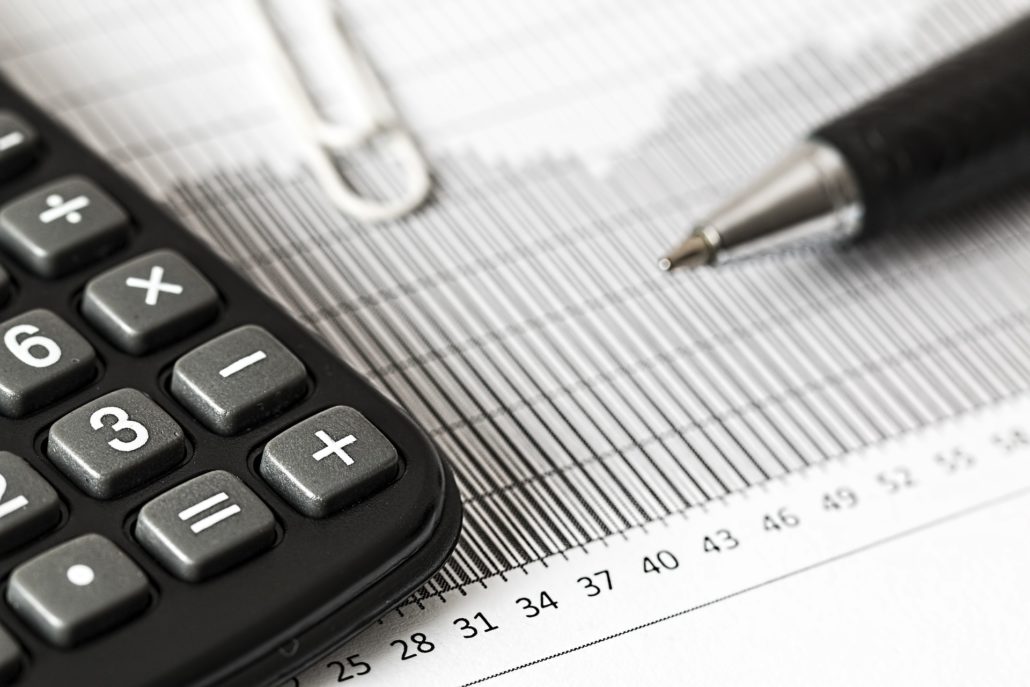Dividends vs Payroll

If you are a shareholder in your business, you may have heard about going on the payroll vs. taking dividends. This post will not recommend one over the other, as that is a discussion that you need to have with your accountant. Every situation is unique and taking one or both, requires an intimate knowledge of your books and your goals, both personal and business.
Instead, this post will aim to help you understand what the difference between the two is.
It is important to note that this is only for business that have been incorporated. If you have a partnership or are a sole proprietor, you can not take dividends out of your business.
Payroll
You may have employees on your payroll already, receiving income as a shareholder will be a similar process. You will be paid on a set schedule and usually as salary, which is a set amount each pay period. You will get a T4 at the end of the calendar year. However, the company will not need to pay any Employment Insurance on your income, only Canada Pension Plan and Income taxes.
The major personal advantage to being on the payroll is that you will have a personal income. This is advantageous to you for many reasons:
- You will be contributing to CPP and can claim this in your retirement
- It allows you to take advantage of other retirement savings like RRSPs & TSFAs
- It can be helpful when applying for personal loans
In addition, it can be a benefit to the company as the salary would be a 100% expense write off. This could be beneficial for helping the company stay under the small business limit.
Disadvantages of taking out payroll, is that you are taxed at a higher level personally. The company also needs to make the payroll remittances to the government for your salary. If you do not have any employees, you will need to make all the arrangements with the government to open up a payroll account. If you are late on a payment, it can lead to large penalties from the CRA.
Dividend
A dividend will result in you receiving a T5. An example of how you receive dividend income, is that you write yourself cheques throughout the businesses fiscal year and then an accountant declares a dividend in the amount you have taken. You must be careful with this, as it can be easy to take more money than you intended to.
As with payroll there are personal and business advantages to dividends. Personally, dividends are at a lower rate and do not necessarily follow the calendar year, which can help optimize your tax situation. The advantage for the company is that it does not need to make any sort of remittances to the CRA for dividends.
However, just because dividends are at a lower tax rate, does not mean that it is best for your personal tax situation.You may even need to make personal tax installments. This is something you should discuss with your accountant when making this decision.


